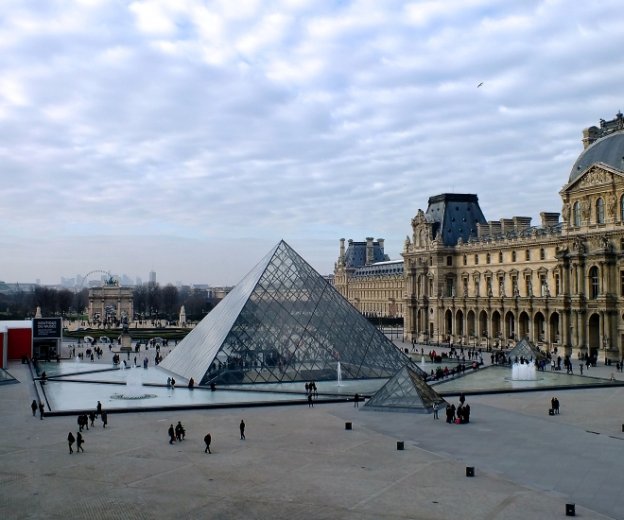
On 26 March, the Musée du Louvre announced that its entire collection of artworks would be available online for all to freely browse. Before the release of the Collection, members of the public only had access to about 30,000 of the Louvre’s plethora of artworks. Now, people will be able to freely access all 482,000 pieces in the Collection as well as any associated research. The Collection is made up of art from the museum’s eight departments and ranges from famous paintings, to Egyptian antiquities, to Renaissance and Islamic art.
In a statement regarding the creation of the online database, President-Director of the Mussée du Louvre, Jean-Luc Martinez said, “For the first time, anyone can access the entire collection of works from a computer or smartphone for free, whether they are on display in the museum, on loan, even long-term, or in storage.”

Apart from pieces in the Louvre’s catalogue, the online database will also include works from the Musée National Eugène-Delacroix, the Tuileries and Carrousel gardens sculptures, in addition to artworks under the Musées Nationaux Récupération (MNR) project, referring to pieces looted by Nazis in World War Two that are currently awaiting restitution.
Navigating the Collection is simple, allowing visitors to look up works through simple or advanced research, entries by each of the eight curatorial departments, as well as themed albums. It also includes an interactive map in English, French, Spanish, and Chinese, where visitors will be able to explore the Musée du Louvre room by room and learn about the works housed in each.

With this latest move, the Musée du Louvre has given audiences around the world more than just free access to browse some of the world’s greatest works of art. What they are getting is unfettered access to knowledge about the world, its environment and humanity’s various cultures at different periods in time, as seen through the eyes of our greatest artists and embodied through their chosen craft, tirelessly honed over decades.
At this point, the Collection can be browsed using either a computer, tablet or smartphone and will continue to grow as staff at the Louvre continue to update and expand upon the existing database, giving visitors ever greater access to knowledge and information. In addition, this would entice more people to start planning a trip to the French museum post-COVID-19. “I am sure that this digital content is going to further inspire people to come to the Louvre to discover the collections in person,” said Martinez.
Head over to the official Musée du Louvre Collections website now!
By Abram Yum




